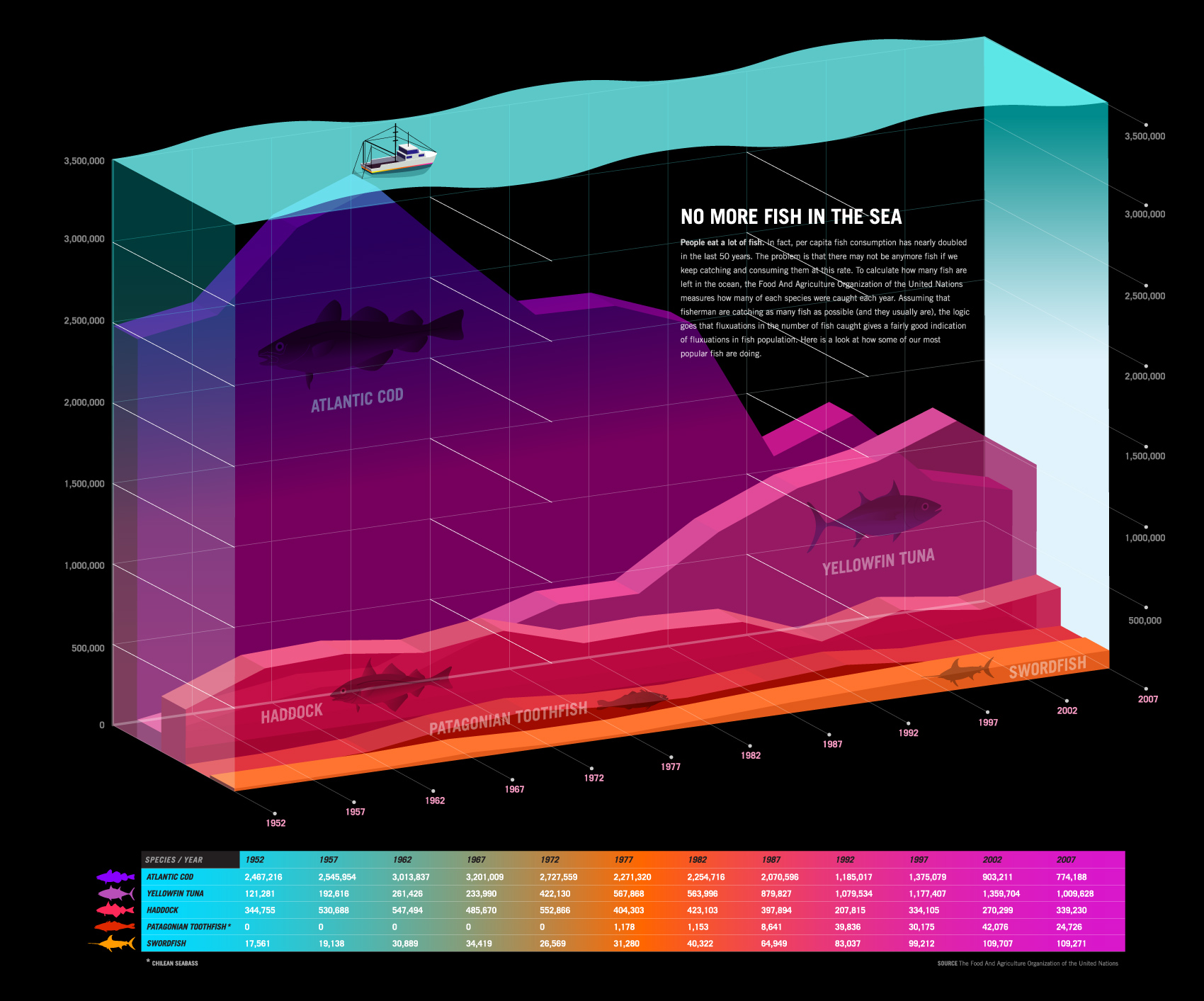I hope everyone welcomed the New Year with style and grace! Here is a fun list to recap the “Top 12 most popular posts written by Beach Chair Scientist in 2011”:
1. It’s as easy as A, B, Sea: Weddell Sea
2. Happy as a clam
3. Beach trivia
4. 5 facts about fish farming
5. Basics on renewable energy
6. 13 apps for your day at the beach
7. Blue Sway – Paul McCartney
8. Can you write with a sea pen?
9. The Majestic Plastic Bag – Part IV
10. Linda Thornton, an inspiring aquaculturist on a mission for sustainability
11. How deep is the ocean?
12. 30 reasons to be grateful for the ocean









What people are saying …